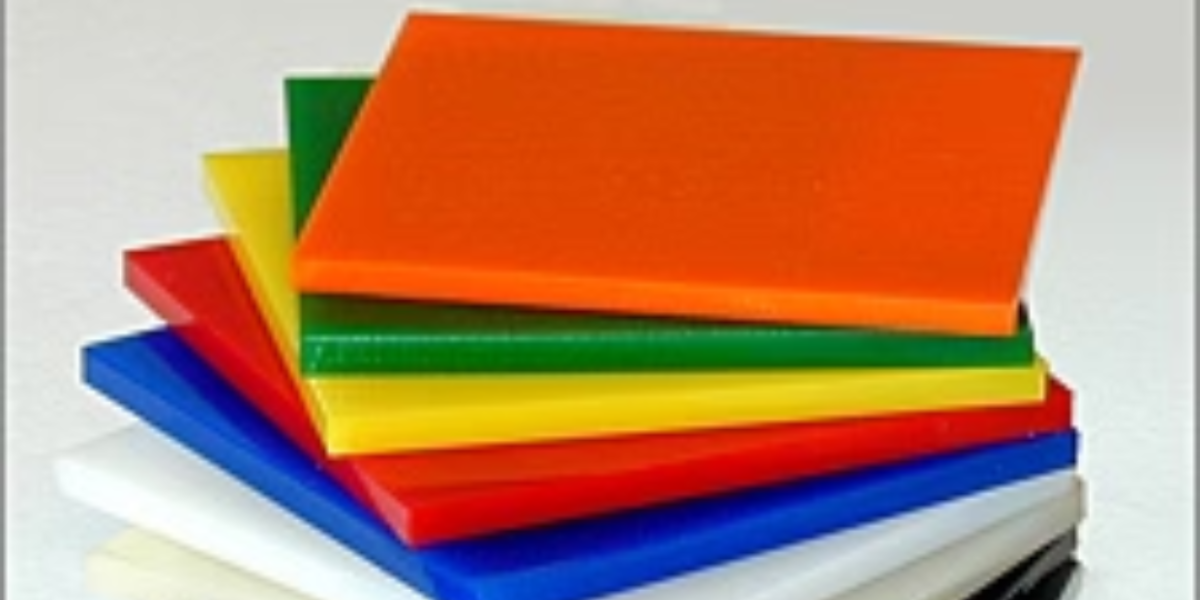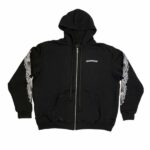Introduction to PP Sheets
Polypropylene (PP) sheets are plastic materials that are renowned for their countless applications in a variety of industries due to their unique properties. PP sheets are sheets that are made of polypropylene polymer and provide an excellent combination of light weight, strength, chemical resistance, and resistance to temperature. With their perforated performance characteristics, it is easy to see why PP sheets are becoming popular for industrial and consumer products. Pulkit Plastic Products are responding to the individual needs of industries including automotive, consumer, construction, packaging, and signs by developing innovative ways to manufacture sheets and sell them as part of a package.
Properties and Benefits of PP Sheets
PP sheets have great tensile strength and stiffness, and this provides an excellent base for many applications that require durability and performance performance factors. The fact that the sheets are light weight makes handling and transport easy without compromising structural integrity. PP sheets perform better than many traditional materials when subjected to moisture, chemicals, and harsh environments because they are inherently resistant to corrosion and staining. PP sheets can be manufactured in any thickness or colour allowing for the sheets to be customized to application or client-specific requirements. PP sheets can be easily cut, formed, printed or welded to suit requirements . These physical characteristics, enables PP sheet suppliers to provide customized solutions that fulfill all industrial standards, compliance and aesthetic specifications.
Applications of PP Sheets
The extensive use of polypropylene (PP) sheets can be attributed to their versatility. In the packaging realm, PP sheets are the material of choice for making containers, trays and dividers, due to their rigidity, moisture resistance and below average density. Regardless of where they are used, lightweight materials can help decrease shipping costs while also being more sustainable.
In the construction industry, PP sheet manufacturers are used in a variety of applications including vapor barriers and underlayment for roofing systems. This can be often advantageous, as PP sheets can withstand a variety of chemicals and moisture-heavy environments. In addition, PP sheets are used in the automotive industry to create interior components and some exterior components due to the weight differential of using PP instead of other materials.
Lastly, PP sheets are beginning to be used more and more for signage and displays, as PP sheets can be digitally printed in high resolution, creating an attractive durable surface utilized for promotional materials. Whether used for a display at point-of-purchase or an outdoor sign, existing technologies have made it very easy for PP sheets to be customized for maximum visibility and name recognition.
Market Dynamics: Trends and Challenges
With the changing industries, the market for PP sheets remains optimistic for growth. Innovative businesses are requesting products with lightweight and high-strength materials and are putting more emphasis on sustainable materials, which will all lead to more PP sheet consumption. As many businesses transition to greener practices, recyclability is a significant selling factor with PP products.
Nevertheless, there are many challenges PP sheet manufacturers will have to face in the near future that involve strategic flexibility. The fluctuating price of polypropylene raw materials due to crude oil pricing can drastically disrupt the cost of manufacturing. Another challenge to consider is with alternative materials such as polycarbonate and PVC, which are not only also quite unique from PP but also quite viable in many applications. As ready suppliers and manufacturers of PP sheets, we will need to innovate, become more efficient in production, and invest in R&D for better materials in order to remain competitive.
Innovations in PP Sheet Manufacturing
To stay competitive with the evolving demands of the market, manufacturers are consistently searching for innovative ways of making PP sheets. Advancements in extrusion technologies allow the development of mechanically superior sheets with advanced surface finishes, while manufacturers are adding composite structures and additives to improve performance characteristics of their sheets.
Additionally, lots of modern PP sheet manufacturers are also implementing sustainability in their manufacturing processes. This could include using recycled polypropylene in their process, and practicing efficient energy practices that result in a lower carbon footprint. As the demand for sustainable products continues to rise, innovations like these will allow manufacturers to see themselves ahead of the competition.
Quality Control in PP Sheet Production
To stay competitive with the evolving demands of the market, manufacturers are consistently searching for innovative ways of making PP sheet manufacturer. Advancements in extrusion technologies allow the development of mechanically superior sheets with advanced surface finishes, while manufacturers are adding composite structures and additives to improve performance characteristics of their sheets.
Additionally, lots of modern PP sheet manufacturers are also implementing sustainability in their manufacturing processes. This could include using recycled polypropylene in their process, and practicing efficient energy practices that result in a lower carbon footprint. As the demand for sustainable products continues to rise, innovations like these will allow manufacturers to see themselves ahead of the competition.
The Future of PP Sheets
In light of technological improvements and sustainable products, the outlook for PP sheets appears positive. The trend toward lightweight materials that are durable and resilient is not stopping, thus the demand for PP sheets should continue to grow. Manufacturers who concentrate their resources on product innovation, sustainability and up-to-date production methods where applicable will have an advantage; simply, they will be in a better position to compete.
Furthermore, e-commerce and increased demand for retail packaging solutions are in the next cycle of adopting PP technology. As manufacturers continue to adapt to these developments, new applications for PP sheets should surface as consumer expectations and industry demands change.
Conclusion
The PP sheet suppliers have proven to be a necessary material in numerous industries because of their beneficial properties and versatility. As markets are stabilizing, along with manufacturing practices and processes evolving, there certainly appears to be an abundance of opportunity for PP sheet manufacturers in many different applications. Moving forward with eco-friendly practices towards sustainability will support market demand and market differentiation in the future.
Frequently Asked Questions
1. What are the primary applications of PP sheets?
PP sheets are used in numerous applications, including packaging, construction, automotive components, signage, and displays, due to their durability, low weight, and resistance to moisture and chemicals.
2. How do PP sheets compare to other materials like PVC or polycarbonate?
While PP sheets are lightweight and resistant to moisture, PVC is often used for its rigidity and cost-effectiveness, and polycarbonate offers higher impact resistance. The choice of material depends on the specific requirements of the application.
3. Can PP sheets be recycled?
Yes, PP sheets are 100% recyclable, which makes them an environmentally-friendly option. Many manufacturers are beginning to incorporate recycled polypropylene in their products.












